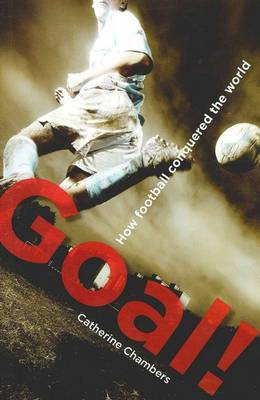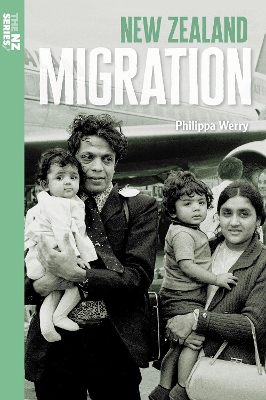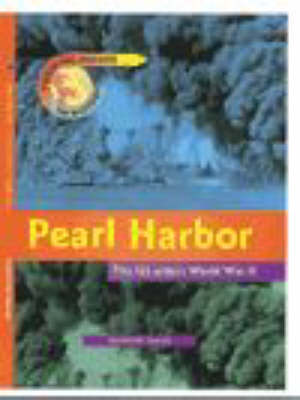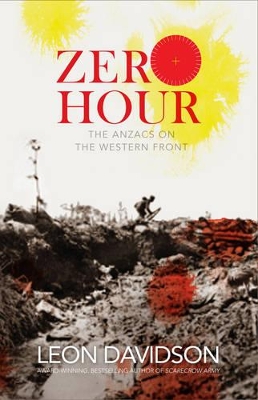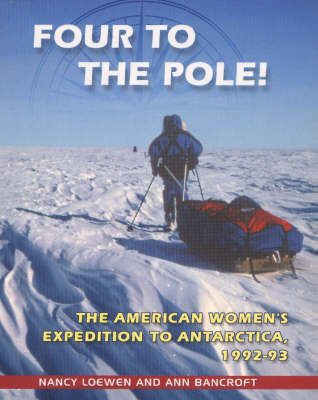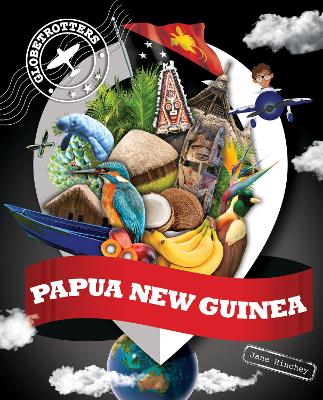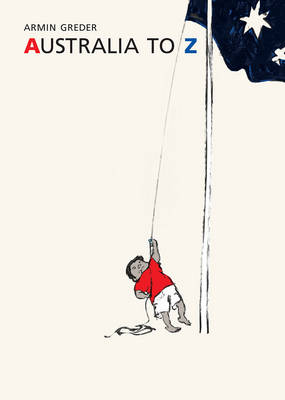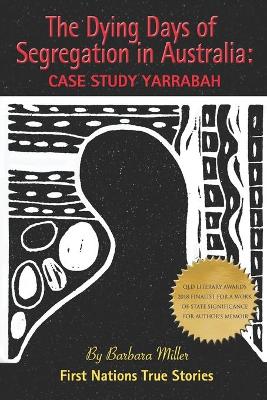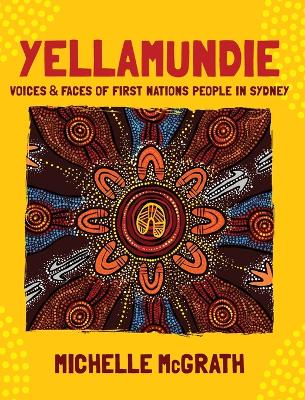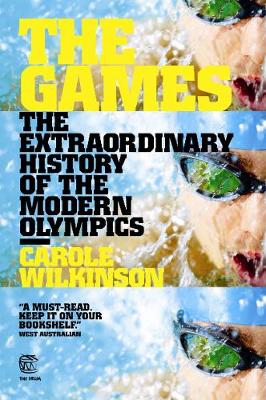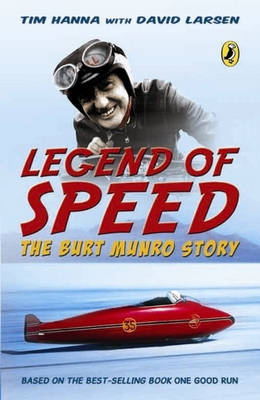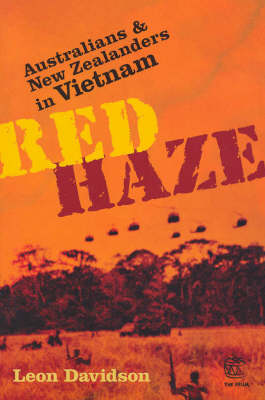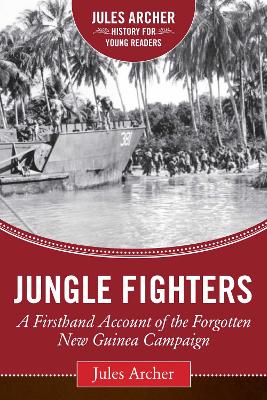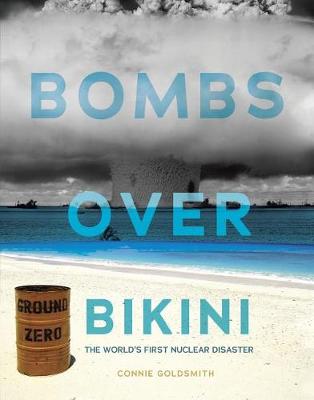Turning Points in History: Pearl Harbour paper (Turning Points in History)
by Richard Tames
A discussion of the events at Pearl Harbor. It is part of a series which examines major historical watersheds. It recounts the chain of events leading up to the event, and the repercussions, both immediate and long-term. It also evaluates the concept of a turning-point, assessing in which way this event really was one. Interpretations run throughout the books, showing how history is informed by a complicated web of divergent views. The books are designed to be thought-provoking, but their approa...
This is the compelling story of how the skull of an Aboriginal man, found on the banks of the Murray River over 40 years ago, came to be returned to his Wamba Wamba descendants. It is a story of awakening, atonement, forgiveness and friendship. 'It is as if a whole window into Indigenous culture has blown open, not just the window, but every door in the house,' says John Danalis. Part history, part detective story, part cultural discovery and emotional journey, this is a book for young and old,...
Let's Visit Fiji (Let's visit ...)
by John Ball and Christopher Fairclough
Introduces this country in the South Pacific Ocean made up of more than 800 scattered islands.
Text and pictures introduce Papua New Guinea and its neighbor on the island of New Guinea, Irian Jaya.
Let's Save the Great Barrier Reef: Why we must protect our planet (Let's Save ...)
by Catherine Barr
Discover why we must protect the Great Barrier Reef from climate change.The Great Barrier Reef is a wonderland of colour beneath the waves. The largest coral reef in the world, it is home to a quarter of all ocean life. This beautifully illustrated picture book brings to life this extraordinary underwater world for young children, exploring its dazzling coral gardens and rainbow-coloured sea creatures. Diving into this unique habitat, readers will discover fascinating marine life, how the coral...
'Australia to Z - an alphabet book, but not one for the young and teaching them their letters. Instead Armin Greder has cast his critical eye on us and our symbols.' Libby Gleeson'Disquieting and potent - a 'gloves off' account of Australian nationhood, and how we, as a culture, might appear to those from other cultures. This is a profoundly significant work which will - like Greder's The Island and The City - provoke, disturb and challenge the reader's perception of what it means to be Australi...
The Dying Days of Segregation in Australia (Australian Aboriginal Issues, #1)
by Barbara Miller
Australia (The Modern Industrial World, #3)
Munro was the ultimate eccentric - a real 'number-eight-wire' inventor. He took an original Indian motorbike and modified it in his shed so that it became capable of extreme speeds. With this bike he broke several international speed records at the Bonneville Salt Flats in Utah in 1967 ? a number of which stand to this day. This book, an abridged edition of the bestselling One Good Run ? the Legend of Burt Munro, cuts to the core of Munro's story, from small town Invercargill to heroic deeds in...
Australian Aborigines (People Under Threat, #6)
Red Haze: Australians and New Zealanders in Vietnam (The Drum)
by Leon Davidson
An insight into the experiences of Australian and New Zealand soldiers in the Vietnam War. Suggested level: secondary.
Jungle Fighters (Jules Archer History for Young Readers)
by Jules Archer
In the early stages of the Pacific War, General Douglas MacArthur was expected to prevent the Japanese from taking Australia. With limited forces, MacArthur had to be tactical, and the key to the continent’s defense was the island of New Guinea, just above the northeast tip of Australia. In order to defend New Guinea, MacArthur sent a small task force to Milne Bay, where the Coral Sea rounded the southeast tip of the island. His plan: to establish an airfield base for bomber and fighter planes t...
In 1946, as part of the Cold War arms race, the US military launched a program to test nuclear bombs in the Marshall Islands of the Pacific Ocean. From 1946 until 1958, the military detonated sixty-seven nuclear bombs over the region's Bikini and Enewetak Atolls. The twelfth bomb, called Bravo , became the world's first nuclear disaster. It sent a toxic cloud of radiation over Rongelap Atoll and other nearby inhabited islands. The testing was intended to advance scientific knowledge about nu...

